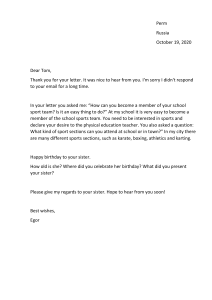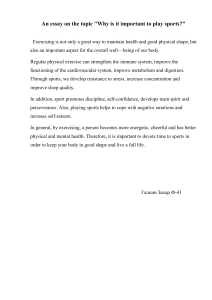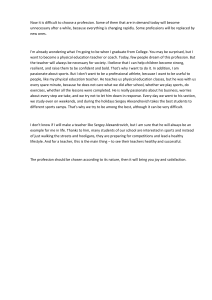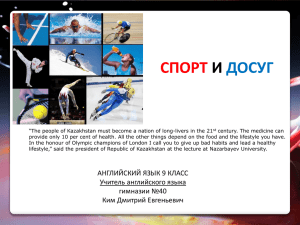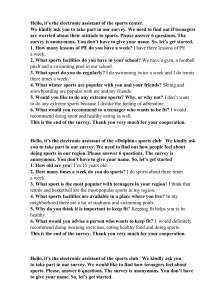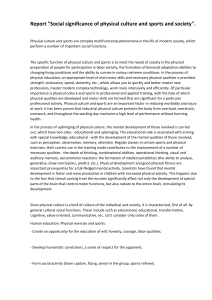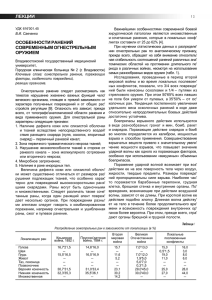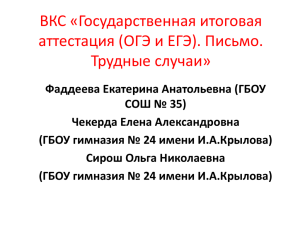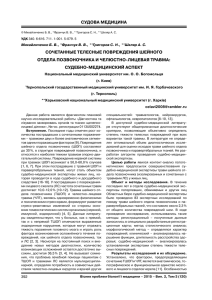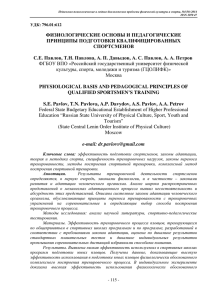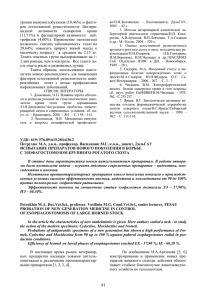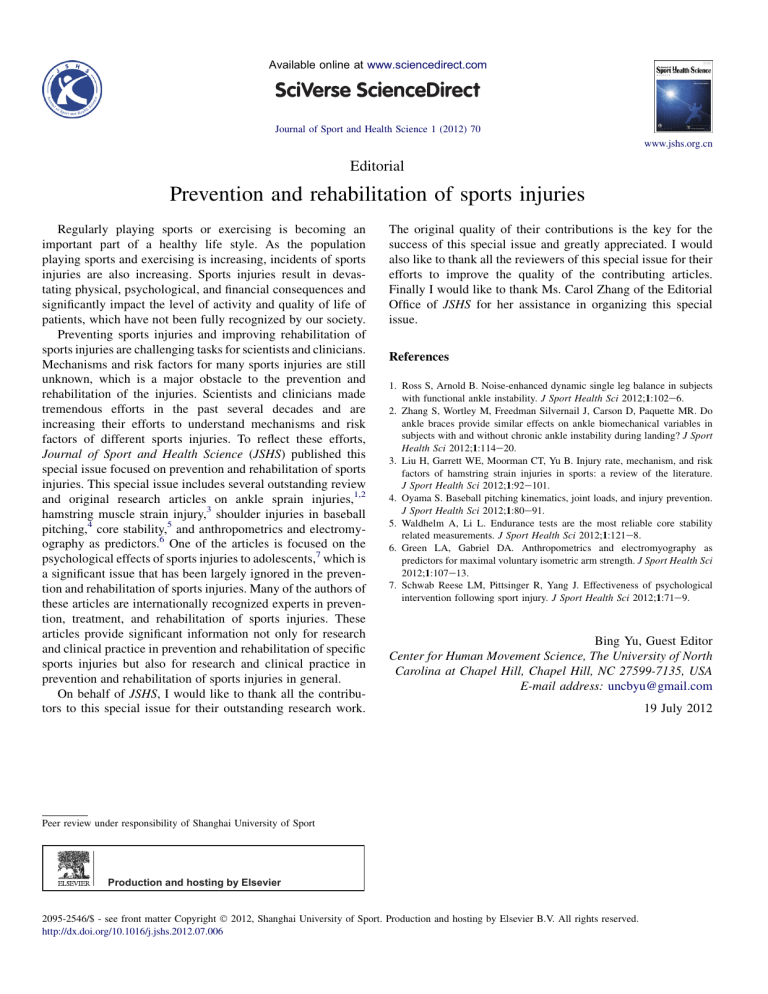
Available online at www.sciencedirect.com Journal of Sport and Health Science 1 (2012) 70 www.jshs.org.cn Editorial Prevention and rehabilitation of sports injuries Regularly playing sports or exercising is becoming an important part of a healthy life style. As the population playing sports and exercising is increasing, incidents of sports injuries are also increasing. Sports injuries result in devastating physical, psychological, and financial consequences and significantly impact the level of activity and quality of life of patients, which have not been fully recognized by our society. Preventing sports injuries and improving rehabilitation of sports injuries are challenging tasks for scientists and clinicians. Mechanisms and risk factors for many sports injuries are still unknown, which is a major obstacle to the prevention and rehabilitation of the injuries. Scientists and clinicians made tremendous efforts in the past several decades and are increasing their efforts to understand mechanisms and risk factors of different sports injuries. To reflect these efforts, Journal of Sport and Health Science (JSHS) published this special issue focused on prevention and rehabilitation of sports injuries. This special issue includes several outstanding review and original research articles on ankle sprain injuries,1,2 hamstring muscle strain injury,3 shoulder injuries in baseball pitching,4 core stability,5 and anthropometrics and electromyography as predictors.6 One of the articles is focused on the psychological effects of sports injuries to adolescents,7 which is a significant issue that has been largely ignored in the prevention and rehabilitation of sports injuries. Many of the authors of these articles are internationally recognized experts in prevention, treatment, and rehabilitation of sports injuries. These articles provide significant information not only for research and clinical practice in prevention and rehabilitation of specific sports injuries but also for research and clinical practice in prevention and rehabilitation of sports injuries in general. On behalf of JSHS, I would like to thank all the contributors to this special issue for their outstanding research work. The original quality of their contributions is the key for the success of this special issue and greatly appreciated. I would also like to thank all the reviewers of this special issue for their efforts to improve the quality of the contributing articles. Finally I would like to thank Ms. Carol Zhang of the Editorial Office of JSHS for her assistance in organizing this special issue. References 1. Ross S, Arnold B. Noise-enhanced dynamic single leg balance in subjects with functional ankle instability. J Sport Health Sci 2012;1:102e6. 2. Zhang S, Wortley M, Freedman Silvernail J, Carson D, Paquette MR. Do ankle braces provide similar effects on ankle biomechanical variables in subjects with and without chronic ankle instability during landing? J Sport Health Sci 2012;1:114e20. 3. Liu H, Garrett WE, Moorman CT, Yu B. Injury rate, mechanism, and risk factors of hamstring strain injuries in sports: a review of the literature. J Sport Health Sci 2012;1:92e101. 4. Oyama S. Baseball pitching kinematics, joint loads, and injury prevention. J Sport Health Sci 2012;1:80e91. 5. Waldhelm A, Li L. Endurance tests are the most reliable core stability related measurements. J Sport Health Sci 2012;1:121e8. 6. Green LA, Gabriel DA. Anthropometrics and electromyography as predictors for maximal voluntary isometric arm strength. J Sport Health Sci 2012;1:107e13. 7. Schwab Reese LM, Pittsinger R, Yang J. Effectiveness of psychological intervention following sport injury. J Sport Health Sci 2012;1:71e9. Bing Yu, Guest Editor Center for Human Movement Science, The University of North Carolina at Chapel Hill, Chapel Hill, NC 27599-7135, USA E-mail address: [email protected] Peer review under responsibility of Shanghai University of Sport Production and hosting by Elsevier 2095-2546/$ - see front matter Copyright Ó 2012, Shanghai University of Sport. Production and hosting by Elsevier B.V. All rights reserved. http://dx.doi.org/10.1016/j.jshs.2012.07.006 19 July 2012
